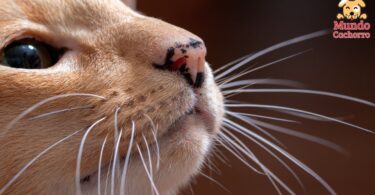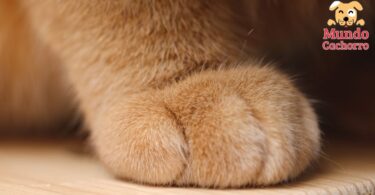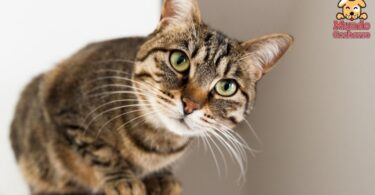Hairballs in cats, also known as trichobezoars, are accumulations of hair that form in the digestive tract of cats. Cats are known to be very clean animals that constantly groom themselves, and by licking themselves, ingest loose hair. In fact, recent studies have shown that cats spend about 10% of their time each day grooming themselves. In general, most of the hairs ingested by the cat during grooming pass through the digestive system without problems. But occasionally it can accumulate in the cat’s stomach or intestines and cause certain problems.
Indice
When hair accumulates in the gastrointestinal tract, it can form a compact, round mass, known as hairballs. These hairballs can vary in size and can cause discomfort in the cat. When a cat has hairballs, it may have some symptoms such as frequent vomiting, sometimes with the presence of hair in the vomited contents, constipation or difficulty defecating and loss of appetite. He may also have restless or lethargic behavior or coughing or retching.
Are hairballs dangerous in cats?
Hairballs in a cat can be potentially dangerous if not handled properly. Although in most cases hairballs pass through the digestive system without causing serious problems, they can occasionally lead to complications.
The most common problems caused by these balls are the following:
- Intestinal obstruction: If a hairball gets stuck in the gastrointestinal tract, it can cause an intestinal obstruction, which is a medical emergency. This can result in severe symptoms such as persistent vomiting, abdominal pain, lethargy and lack of appetite. A bowel obstruction should be treated immediately by surgery or other medical procedures.
- Constipation: Hairballs can also contribute to constipation in some cats. Accumulated hair can hinder the normal elimination of feces, which can be uncomfortable for the cat.
- Gastric irritation: Even if a hairball does not cause complete obstruction, it can cause gastric irritation, which can lead to frequent vomiting and discomfort for the cat.
- Dehydration and weight loss: Cats that have frequent hairball problems may be at risk for dehydration and weight loss if they are vomiting regularly or if they have a decreased appetite.
Prevention
To prevent problems with hairballs, it is important to take steps to reduce their formation, such as brushing your cat regularly to remove loose hair and feeding it food specifically formulated to control them. If your cat shows symptoms of problems related to this, such as persistent vomiting or behavioral changes, it is essential that you consult a veterinarian for proper diagnosis and treatment. The veterinarian will be able to determine the severity of the problem and recommend the best treatment options.
Image courtesy of https://pixabay.com, all rights reserved.







